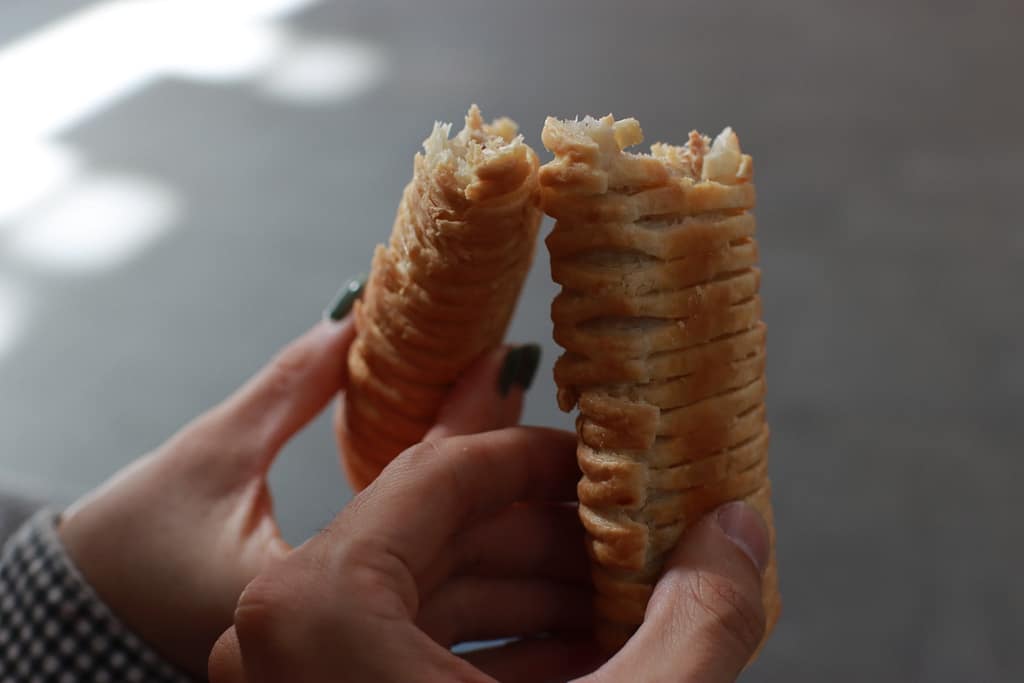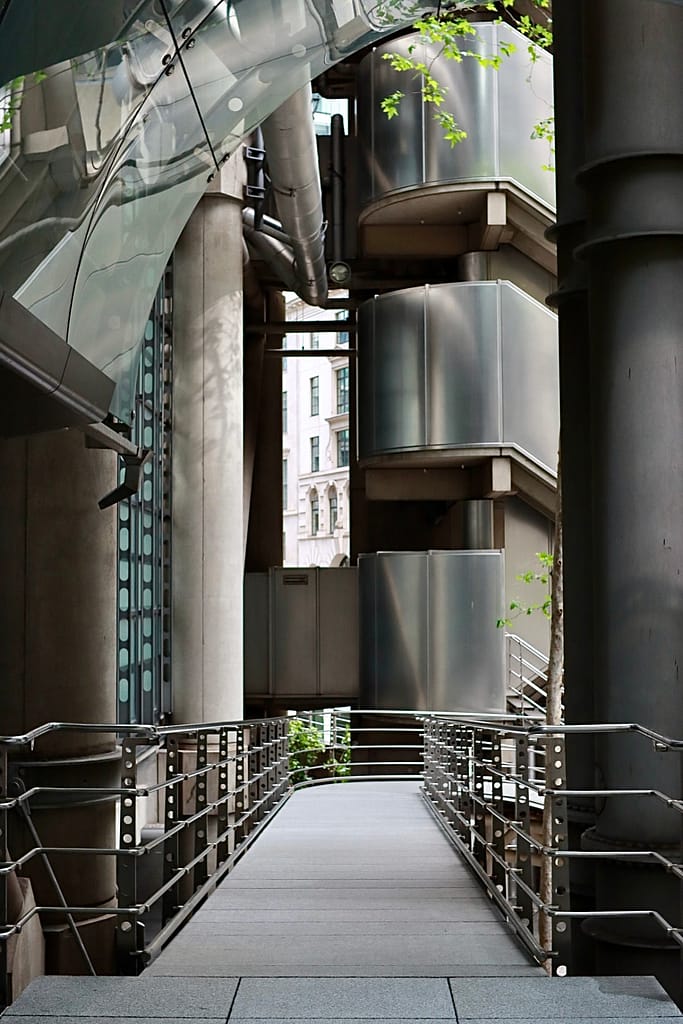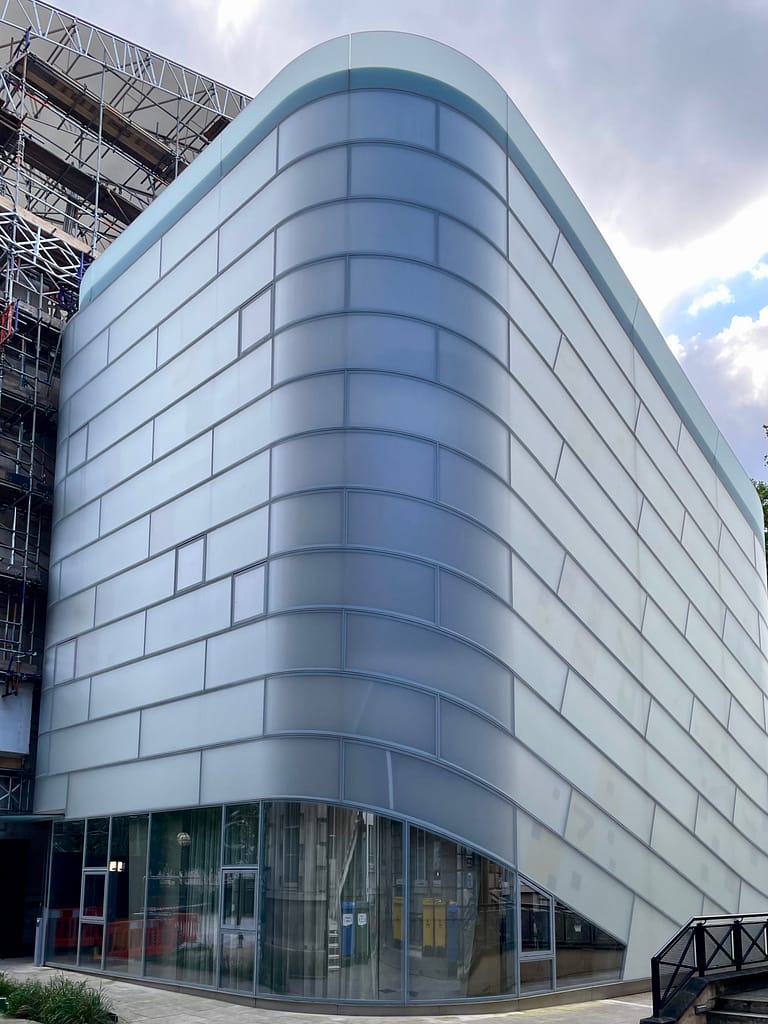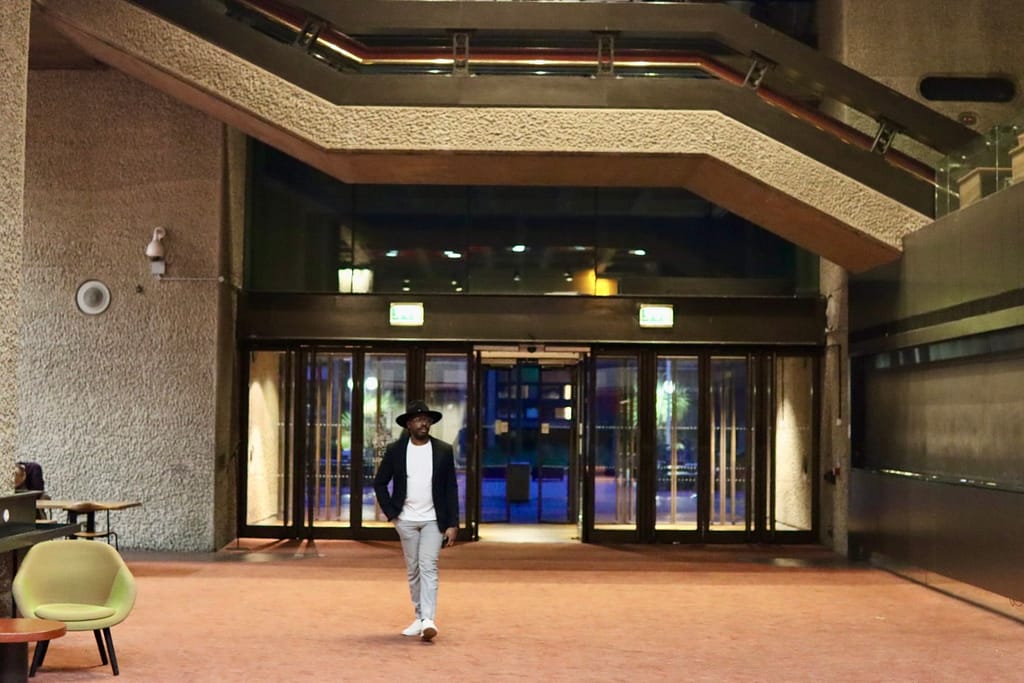The second stop on my architectural and friend’s journey was London. I was meeting friends I had made while teaching English in Korea. In 2017 I had visited London, so I don’t think I would have returned if not for my friends. However, there was architecture that I wanted to see, so it provided me with an opportunity to see both.
In Korea, I formed a close group of friends during our first week of orientation. Since we were in a program in the same province, we became extremely close over the years, visiting each other on weekends, traveling together, going out, staying at each other’s places and celebrating holidays. Being far from home, we became like a family. Most were from South Africa or England, with surprisingly few from the U.S.
Now, around seven or eight of them live in England. Some of them have continued their careers as teachers, while others have gone in different directions. It’s impossible to stay close to everybody and with distance and time, it’s inevitable that some connections grow weaker. As most of them are teachers, I planned my visit to London so that I would be there on the weekend and during their semester break.

I arrived to UK’s worst ranked and farthest away from London airport, Luton, on Saturday May 25th in the morning. When I booked my ticket, I had no idea it was going there, but luckily it was the closest airport to my friend Jess. On Saturday morning, I walked out of the airport, through the construction zone along with everyone else eager to get as far away as possible, and was greeted by the smiling face of Jess at the top of a Holiday Inn Express step. We stopped at her apartment, where I quickly showered and then we made our way into London to meet the others for lunch.
I had to bring my bags with us because I was staying at my friend Robynne’s and Jess and Robynne don’t live near each other. There’s a bag storage system across London called Radical Storage. For 6 British pounds, you can store your luggage all day. I thought that it would be in a locker, however it was some guy in a convenience store who held onto it. I was skeptical. He said that he’d hold on to it behind the counter until I came to pick it up. It had to be before ten because that’s when they closed.
We had lunch at a pub called the Founder’s Arms, on the River Thames, with a view of St. Paul’s Cathedral and London’s skyline. Tom and Alex were already there by the time we arrived and Robynne soon joined us and shortly after Johnny followed. At first, I felt out of place, since the four of them have been regularly getting together for the last few years, but that soon gave way and it felt normal to be with them.
It was a beautiful day, the first sunny day I had seen since I left Tomelloso five days earlier and lunch was perfectly located on the river Thames. It was right next to the Tate Modern, so after, I made a quick walk around the building to take photos, but I did not go in because Robynne and I had plans to see it the following day. As we walked west along the Thames in search of an outdoor drinking and sitting area, we passed London’s National Theatre, a Brutalist masterpiece.

I am ashamed to say that I didn’t have it on my list of buildings to see, and it was extremely fortuitous that we walked by it. It has a fourth-floor balcony you’re allowed onto and it provides beautiful views of the surrounding area. It was also an oasis of serenity, a welcomed change from the chaos and crowds of the path below. After enjoying the serenity for a few minutes, we found our friends close by and joined them on an outdoor terrace at the Southbank Center. We then battled our way through the crowds across Westminster Bridge toward Westminster and eventually to a pub nearby where we spent some more time together until everyone had to leave.
Eventually everbody left until it was just Robynne and I. We had to get my bag from the convenience store before we could make our way to hers. Later that night, we went clubbing at a club called the Pickle Factory and stayed out way later than I’m used to.
I walked 25,905 steps that day, the next day 34,329. A marathon is 55,000 steps. I walked 60,234 in two days.
While Saturday in London mainly consisted of seeing friends and catching up with the occasional architecture peppered in, Sunday with Robynne was spent visiting buildings I wanted to see. We started with the Lloyd’s Building in the financial district.
Lloyd’s Building
We had a much-needed late start that morning, but I had an itinerary of things I wanted to see and Robynne was happy to accompany me. Our initial planned stop was the Tate Modern. However, on the bus I realized we had passed the Lloyd’s building, a building by Richard Roger’s in the Hi-Tech architectural style of the 1980s. We decided to hop off and see it.
The emerging technology and industrial design of the 1980s influenced the High-Tech architectural style. It emphasized transparency in design and construction, making what was once normally hidden behind walls became the structural expression of the building. The inside becomes celebrated. There was a heavy emphasis placed on industrial materials like concrete, steel, aluminum and glass. After seeing the Lloyd’s Building in person, it may be my favorite modern building.
It was astonishing.
It’s located in the central business district, surrounded by glass and steel modern office buildings and historic buildings. It sits like some alien structure from a foreign planet. The steel elements of the facade glimmer in the sunlight and provide a stark juxtaposition with its surroundings. It’s intricately detailed. Every element on the exterior was thoughtfully planned and designed; the handrail, the exterior staircase, the mini truss supporting the entrance to the elevator, I can go on and on. Unfortunately, we couldn’t get into the building and we tried to get on a surrounding rooftop, but couldn’t either. I could have stayed there all day taking the building in, but we had others to see.
Tate Modern
After a slightly out of the way detour to London Bridge Station to find a Greggs that had vegan sausage rolls we made our way to the Tate Modern. Greggs sausage rolls are infamous around London and we had tried to find one the day before and the morning of, but we couldn’t.

The Tate Modern is a masterclass in adaptive reuse. It was transformed from a power station into an amazing contemporary art museum. It was done by the Swiss architectural group Herzog & de Mueron in 2000. In 2016, they completed a perforated brick tower extension. If we had had more time, I would have loved to have seen the galleries, but I was there for the architecture. We had a limited time and our legs were fatigued. There is a rooftop cafe that would have provided amazing views, but it had closed, so after some wandering and photos we settled on resting our legs on a comfortable couch while we watched mainly kids draw on tablets that displayed their artwork on the wall once they finished.
Maggie’s Centre
When the Tate closed at 6:00pm we had an hour and a half until our dinner reservations at a Korean Vegan restaurant. There were two buildings along the way, Maggie’s Centre Barts by Steven Holl and the Barbican Centre, a brutalist apartment complex. Maggie Centre’s help provide free care to people with cancer. There are around 18 centres across the UK. Their founder Margaret Keswick Jencks believed cancer treatment environments needed good design.
They have become a beacon of design with famous architects designing their buildings such as, Frank Gehry, OMA, Zaha Hadid, Steven Holl and various others. The one I wanted to see is situated in the middle of London and at night glows like a lantern. From the website it reads,
“The building was envisioned as a “vessel within a vessel within a vessel.” The structure is a branching concrete frame, the inner layer is perforated bamboo and the outer layer is matte white glass with colored glass fragments recalling “neume notation” of Medieval music of the 13th century. The word neume originates from the Greek pnevma, which means ‘vital force.’ It suggests a ‘breath of life’ that fills oneself with inspiration like a stream of air, the blowing of the wind. The outer glass layer is organized in horizontal bands like a musical staff while the concrete structure branches like the hand.”
It wasn’t dark when we arrived and it was closed, so we couldn’t go inside. We had to admire it from the outside. Unfortunately, the building next to it was undergoing restoration, so there was significant scaffolding. After dinner, we stopped by in the hopes that it would be lit up, but it wasn’t.
The Barbican Centre
Afterwards we saw the Barbican Centre. The Barbican Centre is a massive brutalist performance arts complex surrounded by apartments. If you have read by previous post on the brutalist buildings of D.C, you know I love a good Brutalist building. There is a water feature in the middle that transforms the area into an urban oasis in the middle of the city.
Even though my time in London was short, I’m glad that I had the opportunity to reconnect with friends, see new architecture and to explore the city again. I really enjoyed the city, especially the blend of the historic buildings and fabric with the modern.





















GREAT PICTURES!! So many friends wherever you go!!!
It was great to see them!